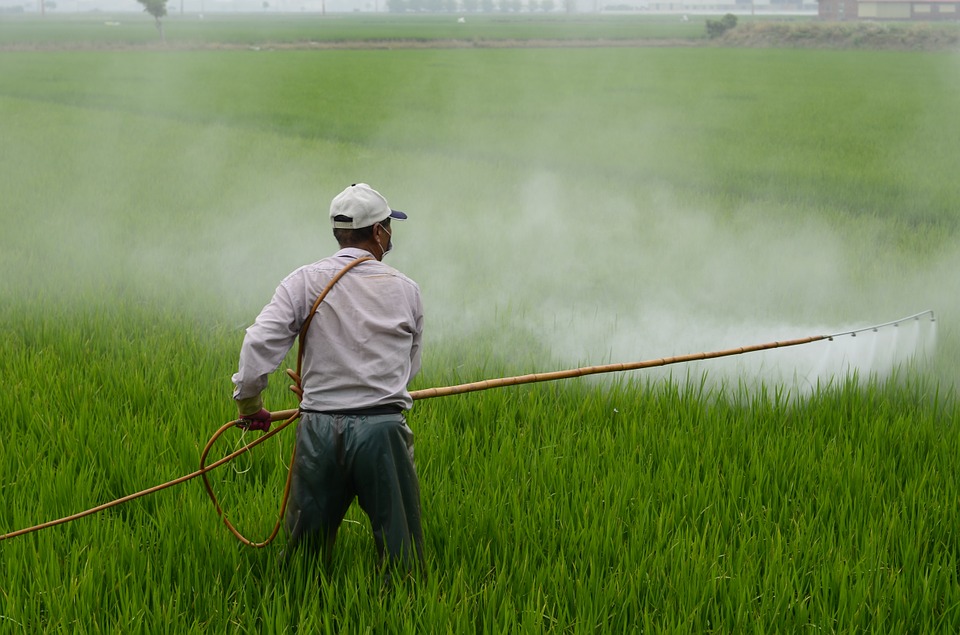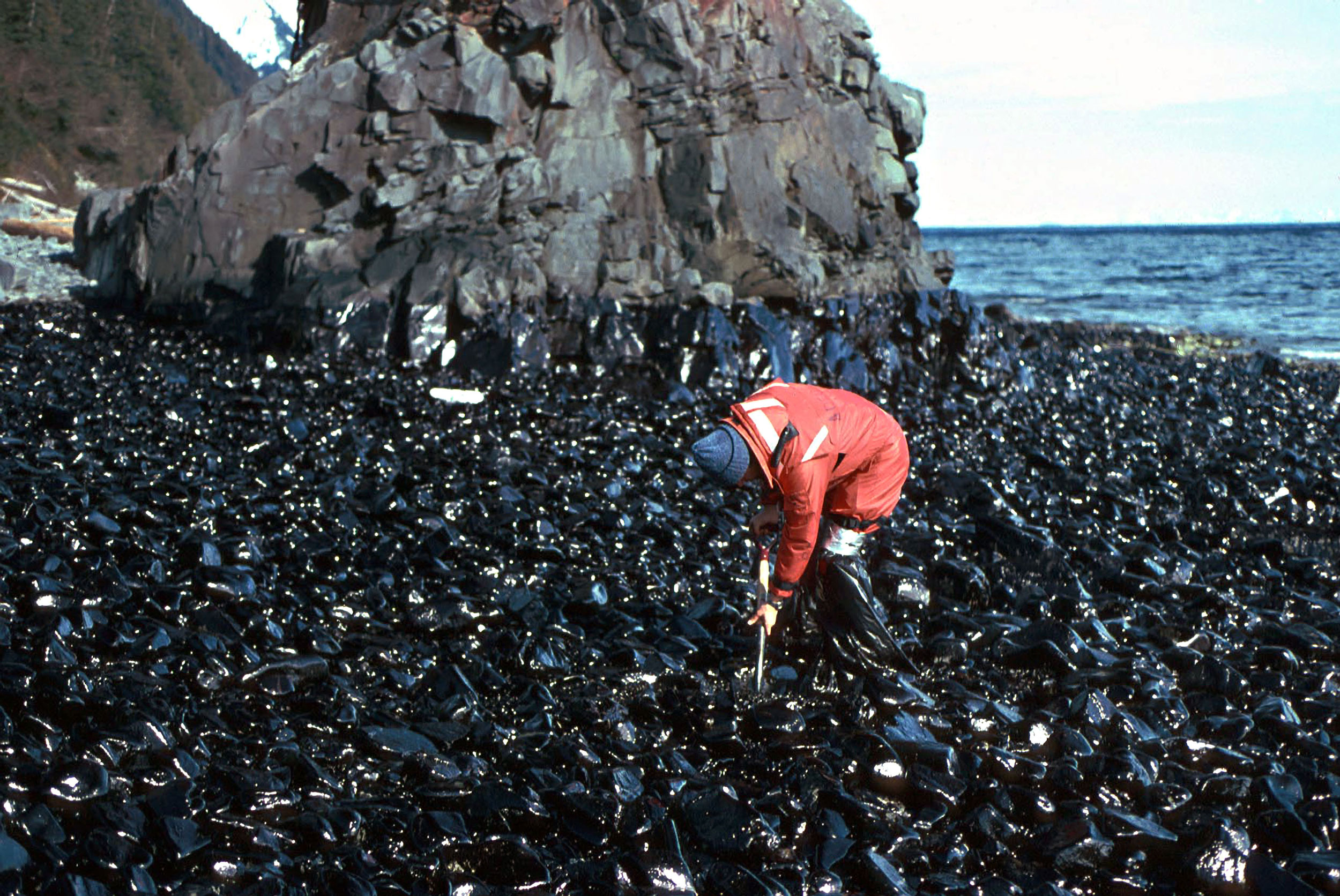Over the break, my dad showed me a photo of a box of medical masks for 150$. I was shocked that people had the audacity to profit off of the pandemic that is upon us. Watching the news, I was pressured to wear masks where ever I had to go. My father was working during this pandemic, and in order to save money, I went with him. My mask became my insurance, and the 12oz bottle of hand sanitizer; which is retailed of about 100 dollars on eBay became my best friend. I was constantly told to keep my mask on, so I thought if it was so important, I should draw one. So for my next piece, I decided to draw a mask.

For my last piece, I wanted to do something big. Every day I would go on the news and see the infection count grow higher than the day before. And with more infections came more death. The bravest among us who are battling the virus are dying. My passion to become a doctor only grew when I saw that so many brave men and women are willing to risk their lives for the good of others. When I get older I hope I can be just as brave as those men and women who are fighting for the sake of others. For the last piece, I wanted to show how much doctors are suffering in order to cure the world
.














